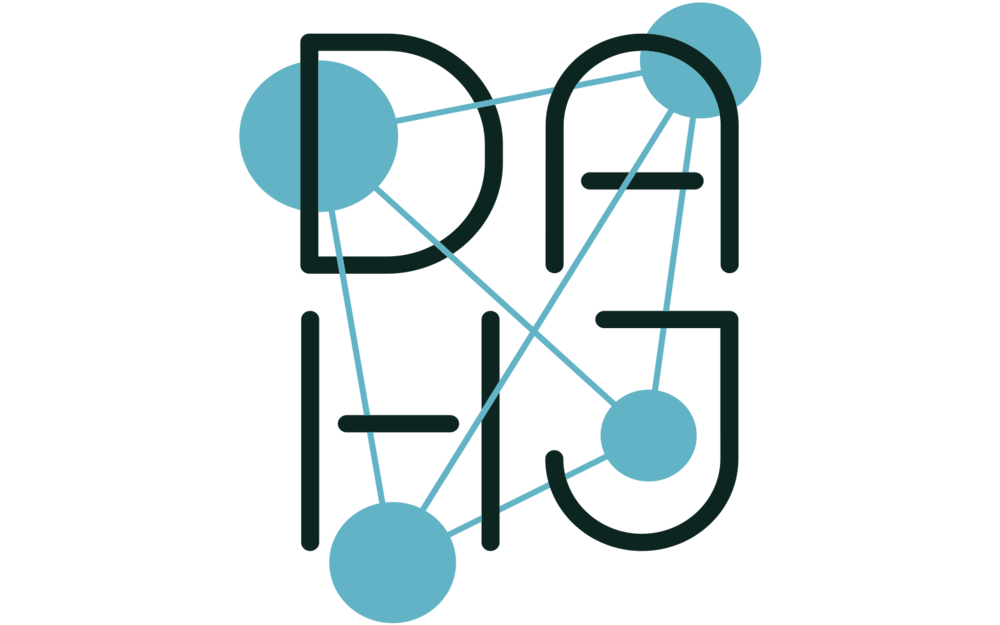The special collaboration with H-ART is now closed for Zonas de Contacto. However, we are still accepting articles on the topic. Contact us with any questions.
Digital technologies have catalyzed globalization; yet, the precarity of global networks has become increasingly apparent in the face of pandemics and climate change. International collaboration often reveals deep disparities in access, infrastructure, and institutional resources. The profound (and sometimes disorienting) effect of automated computation on everyday life can only be properly understood within historical frameworks that articulate the interplay between technological mediation and the production of history. But this oft-repeated point begs the question: Who has the privilege to write these histories, and how?
These political and technological challenges provide a unique opportunity for an extended dialogue on innovation in digital art history outside the English-speaking research clusters that dominate the discourse of the field. The International Journal for Digital Art History collaborated with H-ART. Revista de historia, teoría y crítica de arte in 2021 for a special issue focused on digital art historical research in the Spanish-speaking world, broadly defined. (The Spanish version appears in H-ART; the English version in DAHJ.) This foregrounds novel approaches and digitization strategies, new models for canonicity and classification, and ongoing challenges/barriers to research and innovation.
Possible topics include:
To whom does digital art history make art history more accessible? What technological innovations will have to be implemented to address ongoing global inequities that continue to structure art history? What categories and concepts will we need to develop in the field in a post-COVID-19, globalized world?
How has digital art history adapted to research contexts that are unique to Latin American communities? What technologies and related workflows might be needed to adapt to local challenges and barriers--linguistic, sociological, and infrastructural?
Despite the widespread digitization of much cultural heritage, art historians are often hesitant to engage with (or analyze) collections of artifacts as data. How could DAH projects address broader issues of technological mediation? We are seeking projects in the Spanish-speaking world that augment the practice of in-person “close looking”.
The guest editor for this call is Nuria Rodríguez Ortega, Chair and Professor in the Art History Department at the University of Málaga and Director of the research group i-ArtHis Lab.
The featured author for this call is Sofía Crespo. Crespo is an artist whose work envisions artificial life and generative lifeforms. One of her main focuses is the way organic life uses artificial mechanisms to simulate itself and evolve. Her latest project is Artificial Remnants 2.0 (2019-2020), an ongoing exploration of artificial life using machine learning to generate virtual insects, their names, and their anatomical descriptions.
The call is now open and first articles are to be published in the second half of 2021. To submit articles, please register first and review the information for authors. We will be publishing articles on a rolling basis.

